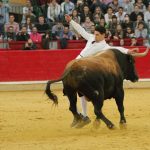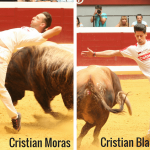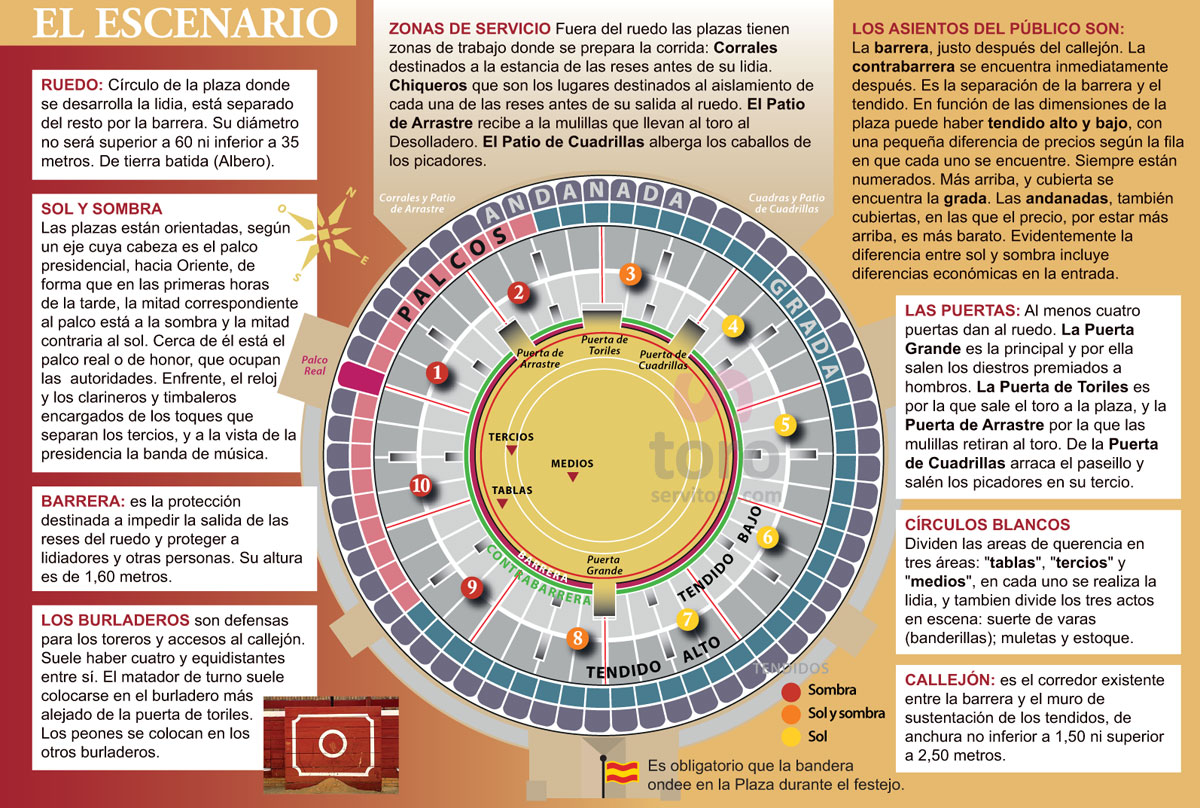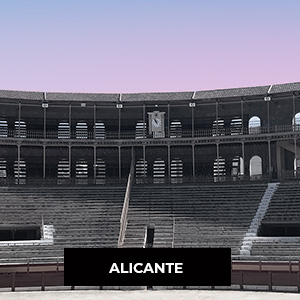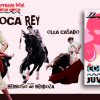A Rainbow of Unusual Designations.
Of all the traditions of the bullfighting world I have always felt a special attraction to explore the original denomination of the colors of the costumes of lights. The rainbow is formed by: green, blue, violet, yellow, red and orange.
Two Colors
In the bullfighting world there are two colors that are never used under that denomination “yellow” and “red”. The yellow is par excellence the color of bad luck, the yellow term has completely disappeared from the bullfighting world, the bad luck it causes has moved to the point where the spectators should not wear yellow inside the Bullring and if you rush me too.
-
The bad luck of the yellow
The word yellow has disappeared, but the yellow color itself is used with a fascinating creativity of synonyms: champagne, cream, lemon, old gold, straw, ocher, canary, hazel, wafer and the cane and gold. Have you counted? Up to ten different denominations of the unnamable yellow.

Morante de la Puebla
-
Red
In the world of bulls the red color is denominated grana and is considered the most taurine of all colors. From the grana they are creating a range of colors that derive in elegant bordeaux, the corinth that owes its name to the raisins of that locality, the color wine, crimson, icing, jet, tobacco and even the color paprika.
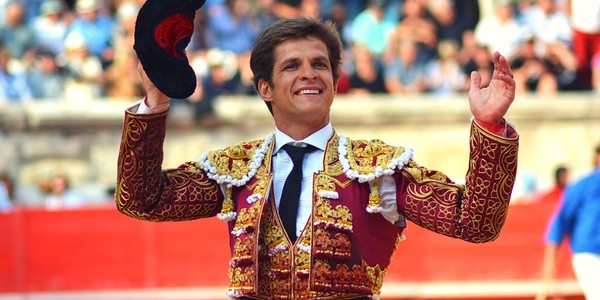
El Juli
-
Green
Green is the color of good luck. Seventeen shades of green: Emerald, bottle, apple, lake, olive, olive, pistachio, sea water, dry leaf, hope, nile, field, flag, clear, heliotrope, mustard and green rooster.

Miguel Ángel perera
-
Blue: Purity
Nor does the originality of the critics, right-handers and Banderilleros to invent blue denominations: Dark blue, cobalt, habana, turkey, prusia, turquoise, pastel, pure, overseas, celeste, blue night, turquí, indigo, azulina, stewardess, King and Marbella. Regarding the “most pure” is due to the agreement of the Catholic Church that was given the blue liturgical color for the feast of the Immaculate Conception.

Sebastian Castella
-
La gama de morados
Todos ellos relacionados con motivos religiosos de Semana Santa. De ahí los nombrados: nazareno, cardenal y obispo, sin olvidarnos de tonos más normales como lila, malva y morado.

José Garrido con Traje de Luces morado.
-
La vida de color de rosa
Tan sutil y delicado color ha recibido una gran variedad de denominaciones, por una lado relativos a frutas de aromáticos sabores como frambuesa, fresa y grosella y por otro, denominación fluvial como salmón, sin olvidarnos del fucsia, violeta, carmín y el famoso rosa palo.

Alejandro Talavante vestido de fucsia y oro.
-
El triste gris
A mi particularmente siempre me ha parecido un color bastante nostálgico el color de las tardes grises de invierno y sin embargo es bastante utilizado por los toreros y hasta se ha convertido en el color de uno de los trajes más famosos que se ha lucido en la corrida Goyesca de Ronda. El traje en color gris plomo que diseñó Giorgio Armani para Cayetano Rivera dio la vuelta al mundo. La gama de denominaciones conocida por los grises es: gris perla, ceniza, plomo, paloma, tórtola, gris topo y mercurio.

Cayetano vestido con el Traje de Luces gris plomo diseñado por Armani
-
La seriedad del negro
Negro, el gran señor de los colores, sin duda el traje más elegante que existe aunque lo recordemos como el color del luto. Pero si nos referimos al negro como sustitutivo del oro y la plaza en el vestido de luces y cuando lo luce un matador de toros deja de llamarse negro por la denominación de azabache.

José María Manzanares vestido de negro.
-
Día de alternativa: el Blanco
Nada he dicho del blanco que no es sino la ausencia de color, los toreros visten de blanco como tradición y recuerdo de otras ceremonias religiosas, el bautismo o en la boda, el matador de toros que toma la alternativa elige este color porque se dice que la primera vez que es herido recibe su bautismo de sangre.

Alternativa de Luis David Adame. Vestido de blanco.
Hasta aquí ha llegado mi investigación, de la cual sólo he podido deducir lo que dice el refrán “Para gustos los colores” que cada cual se vista según su estado de ánimo y en el caso del matador de toros que el color le ayude para conseguir los trofeos deseados.
Lea también.. Cuánto cuesta vestirse de torero

